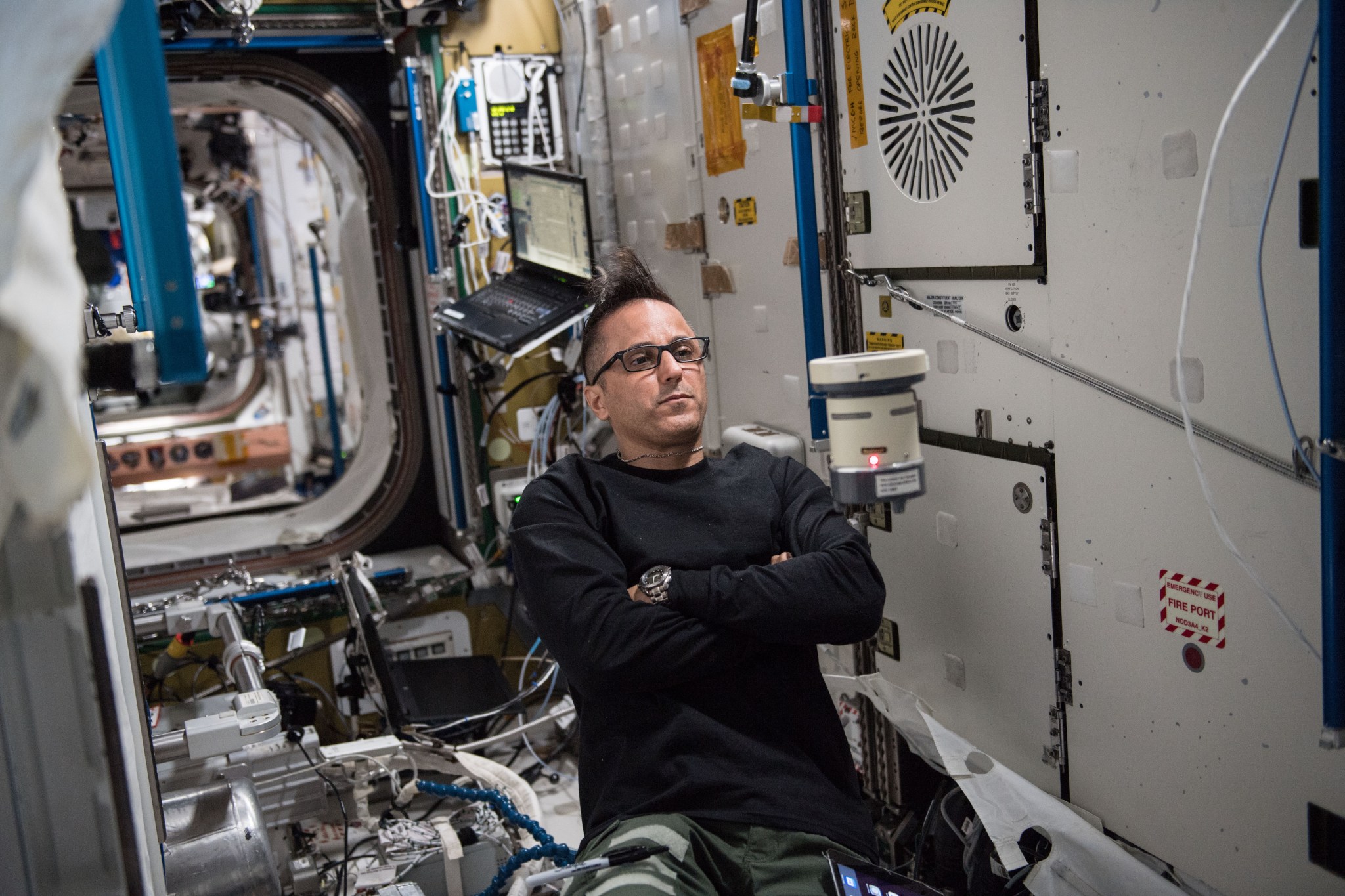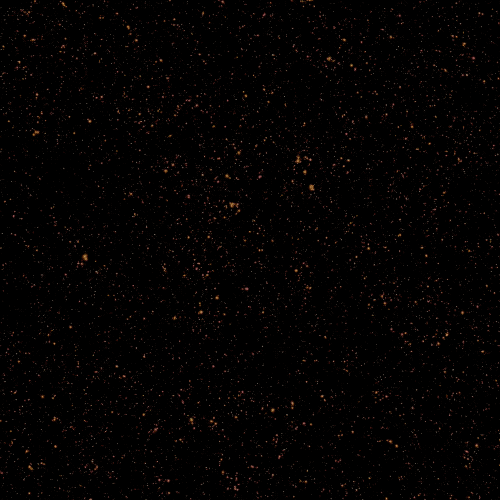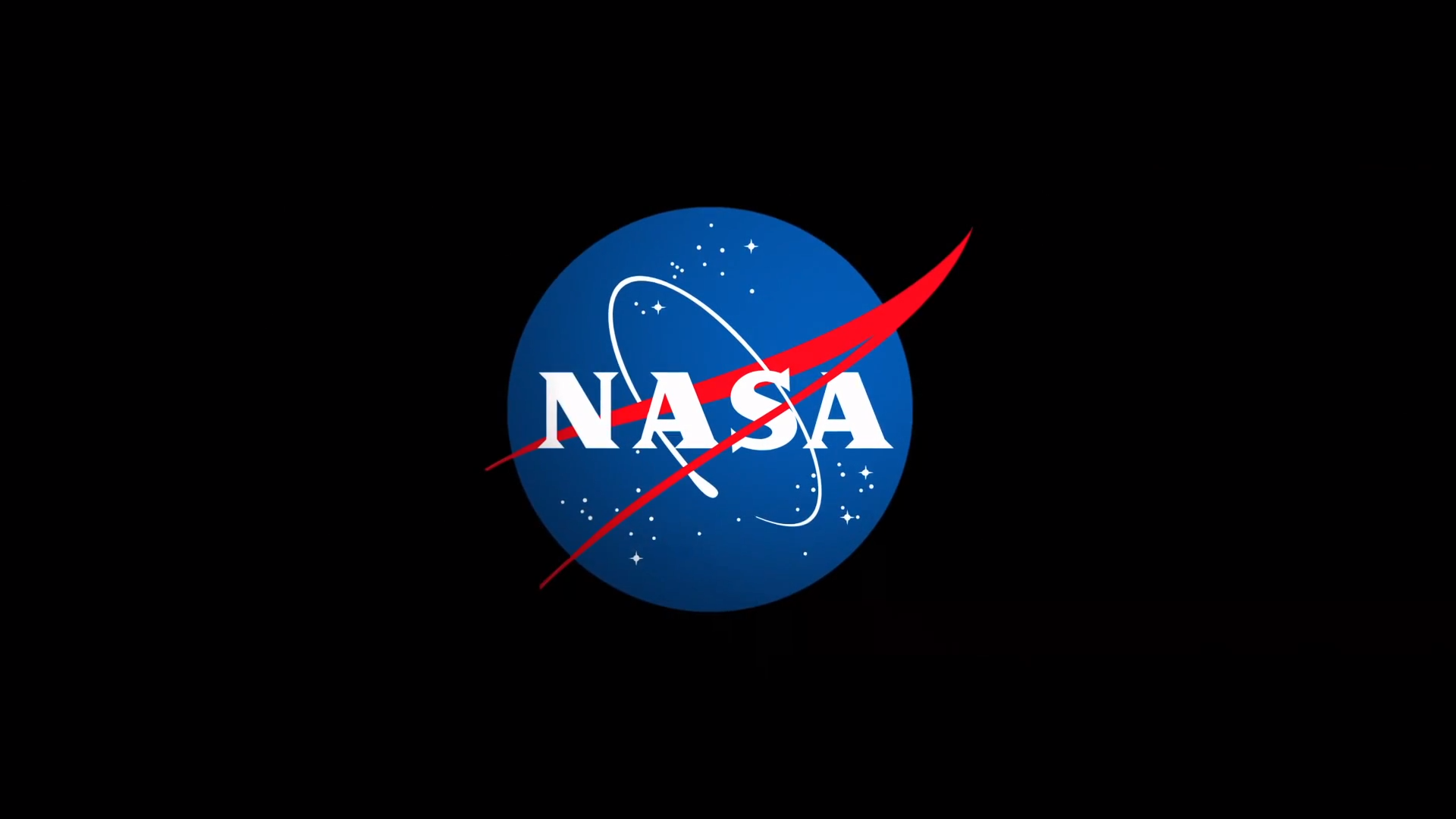NASA supports In Space Production Applications (InSPA) awards to help the selected companies raise the technological readiness level of their products and move them to market, propelling U.S. industry toward the development of a sustainable, scalable, and profitable non-NASA demand for services and products in low-Earth orbit. These commercialization awards provide opportunities for NASA to reduce its future costs in LEO enabling deep-space missions farther from Earth, including the Moon and Mars. NASA is leading commercial LEO development efforts to stimulate non-NASA demand for commercially owned and operated orbital destinations from…
Read MoreTag: Science & Research
Station Science 101: Microbiology
NASA astronaut Joe Acaba with one of the Microbial Air Samplers, devices that monitor microbes in the air of the space station. NASA Wherever there are humans, there are microbes, too. Bacteria and fungi live all around us, in our homes, offices, industrial areas, the outdoors – even in space. People literally could not live without these tiny organisms, many of which are beneficial. The trick is limiting potentially harmful ones, particularly in a contained environment such as a spacecraft. So from the launch of the very first module of…
Read MoreNASA’s Roman Mission Gears Up for a Torrent of Future Data
NASA’s Nancy Grace Roman Space Telescope team is exploring ways to support community efforts that will prepare for the deluge of data the mission will return. Recently selected infrastructure teams will serve a vital role in the preliminary work by creating simulations, scouting the skies with other telescopes, calibrating Roman’s components, and much more. Their work will complement additional efforts by other teams and individuals around the world, who will join forces to maximize Roman’s scientific potential. The goal is to ensure that, when the mission launches by May 2027,…
Read MoreNASA Selects Four Small Explorer Mission Concept Studies
NASA logo Credits: NASA NASA has selected four small explorer missions to conduct concept studies. These studies aim to expand knowledge of the dynamics of the Sun and related phenomena, such as coronal mass ejections, aurora, and solar wind to better understand the Sun-Earth connection. Any missions selected to move forward after the concept studies are conducted will join the current heliophysics mission fleet, which not only provides deeper insight into the mechanics of our universe, but also offers critical information to help protect astronauts, satellites, and communications signals, and…
Read More


